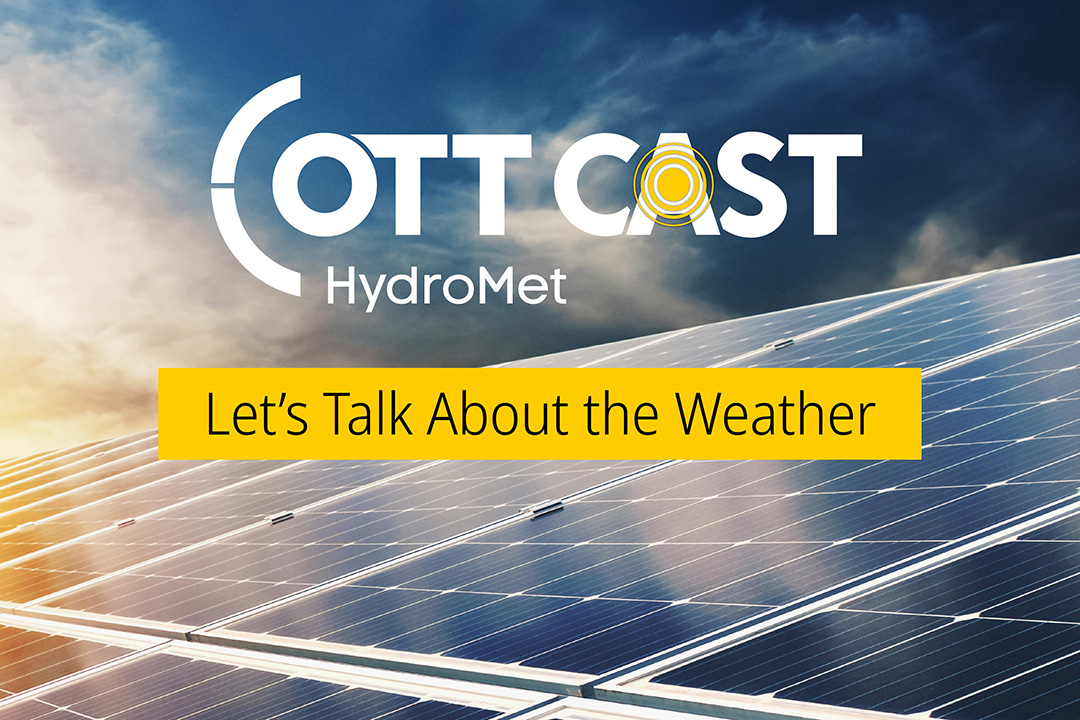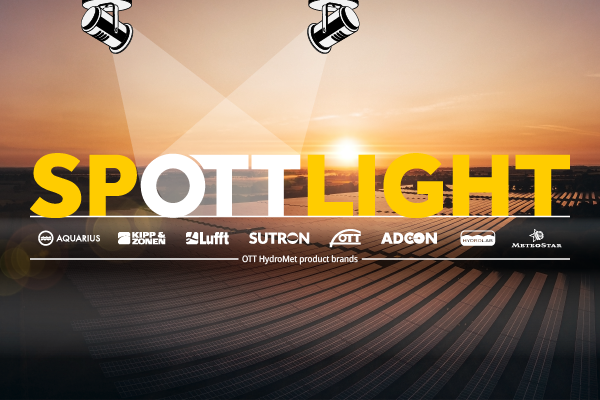Electrical conductivity is one of the most common general water quality parameters in surface water and groundwater as it is a popular surrogate measurement for naturally-occurring and anthropogenic contamination of environmental water. Electrical conductivity’s usefulness is based on the fact that water constituents impact its electrical conductivity. Therefore, the measurement result from a conductivity sensor provides insights to water purity.
The electrical conductivity of a water sample increases as temperature increases. Usually temperature compensation methods are applied to the conductivity measurement results that allow users to compare conductivity measurement results from water samples at different temperatures. Scientists have developed temperature compensation methods that are generally accepted. However, no two species or matrices have the exact same relationship between conductivity and temperature. For this reason care should be taken to choose an appropriate compensation method and record the one that was used.
The temperature compensation algorithms available for specific conductivity measurements on OTT Hydromet conductivity sensors are a collection of empirical models that have earned broad acceptance by water resource professionals. Most users who are measuring specific conductivity in 20 – 30°C water find the changes in compensation factor between algorithms to be unimportant when considering the objectives of their water quality monitoring program. Furthermore, the additional complexity associated with choosing or switching between algorithms can create additional challenges when validating data as part of a QA/QC program. It is often best to pick the algorithm that fits with the characteristics of the most popular or most important water body in the study and use it consistently.
Common derivatives of the conductivity measurement include salinity, total dissolved solids (TDS), and specific gravity. Although the conductivity sensor does not measure these derivative parameters directly, they are calculated based on generally accepted methods. Like the temperature compensation methods, it is important to use the most appropriate method for reporting salinity, TDS, and specific gravity.
Common methods for calculating salinity from a conductivity sensor leverage the Practical Salinity Scale and USGS Water-Supply Paper 2311. These models are defined within specific temperature ranges. Sensors vary in whether output is clipped or notated when sample temperature is outside the defined range of the algorithm.
Conductivity Definitions are Inconsistent
Measurement results from electrical conductivity sensors are referenced in many ways, including conductance, resistance, specific conductance, specific conductivity, and resistivity. These terms are related in that they describe electrical properties of water, but their similarity in name can make it difficult to use the intended term. Furthermore, one term may have a different meaning in a different source. Generally, any term ending in “ance” refers to measured results of a sample without any normalization to dimensions or temperature. Generally, any term ending in “tivity” refers to a measurement result normalized to length and surface area. Generally any term preceded by “specific” indicates the measurement was adjusted to a reference temperature, usually 25 °C. When comparing measurement results from sensor to sensor it is important to know how the sensor’s conductivity measurement signal was treated so that appropriate comparisons can be made because it is possible that two measurements with the same name may have different results.
For more information or help with conductivity measurements with OTT Hydromet equipment, visit www.ott.com or contact the technical support team at techsupport@otthydromet.com.



